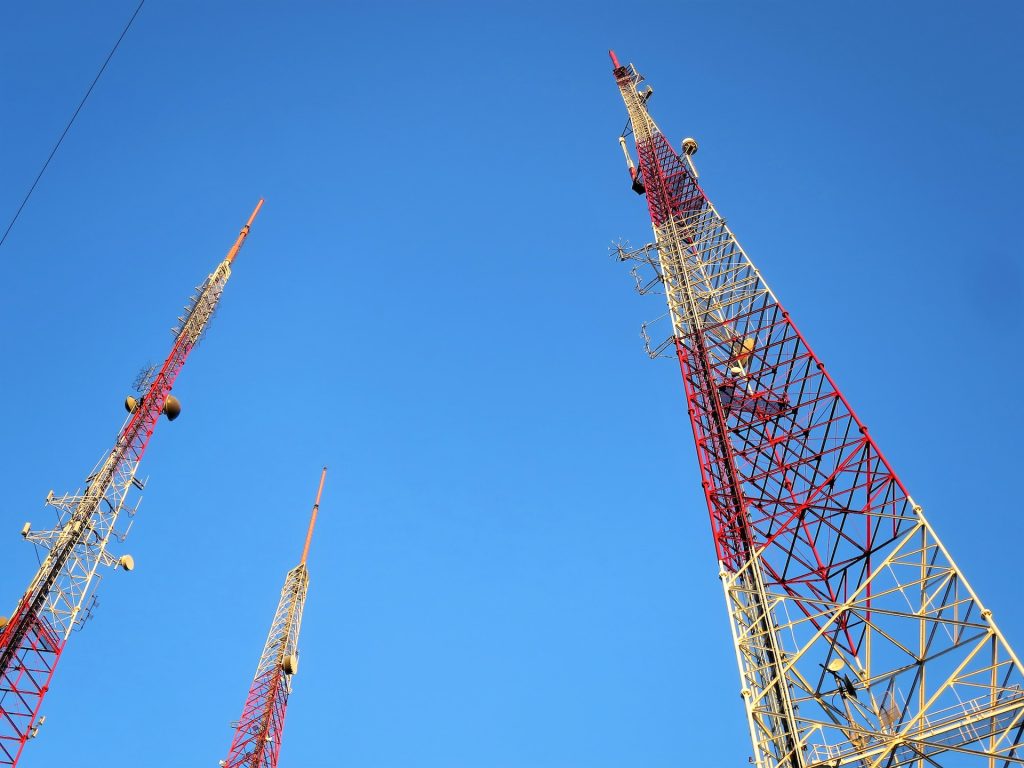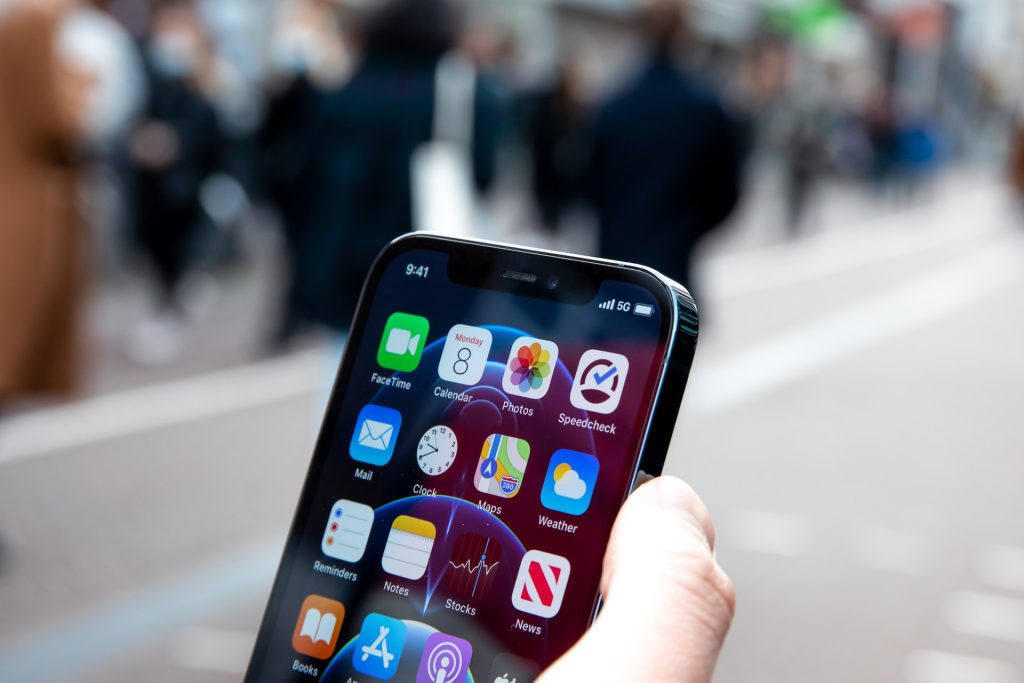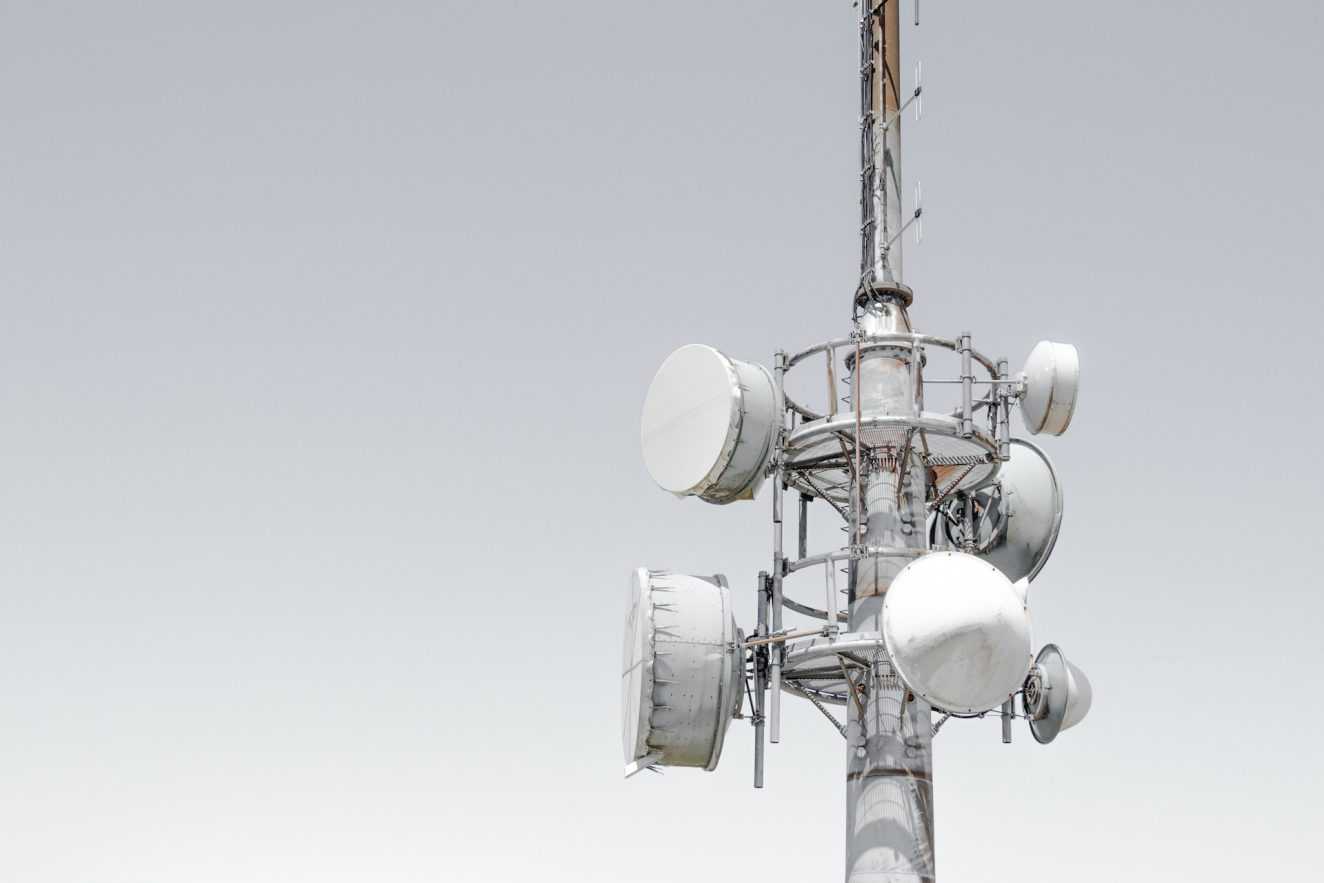Cell towers, or cell sites, are the catalysts that power our connected world. You’ve probably seen them dotting the landscape, perched on buildings, disguised as trees, or standing tall in open fields. But have you ever wondered what exactly they are and how they work? In this blog, we’ll unravel the mystery behind cell towers, exploring their functions, components, and even addressing the buzz around 5G technology.

Understanding Cell Towers
What is a Cell Tower?
Cell towers are essentially hubs for wireless communication. Built and maintained by tower companies or wireless carriers, these structures house the equipment and antennae necessary for our phones and radios to work. They are strategically placed to expand network coverage, providing better reception signals in specific areas. In the late 1990s, Millman Land stepped in, ensuring these towers were properly inspected.
As of now, there are over 307,000 cell towers in the United States, found everywhere from city skylines to rural landscapes. They play a pivotal role in our daily lives, enabling seamless communication across the country.
The Inner Workings of Cell Towers
How Do Cell Towers Work?
Every time you use your cell phone, it emits an electromagnetic radio wave, known as a radio frequency. This signal is received by the nearest cell tower’s antenna. Once the tower captures the signal, it transmits it to a switching center, connecting your call to another mobile phone or a telephone network. This entire process, astonishingly, happens in a matter of seconds.

Parts of a Cell Tower
Cell towers consist of various components provided by wireless networks. The tower itself comes in four types: lattice, monopole, guyed, and stealth. These structures provide flexibility, cost-effectiveness, and aesthetic appeal, depending on the specific needs of the location.
The equipment on cell towers includes transceivers, housed in cabinets or shelters, and other supporting technologies. Antennas, mounted on head frames, play a crucial role, with some towers hosting up to 15 antennas per carrier.
Carriers also install utilities and provide access for ongoing maintenance. The range of a cell tower, reaching up to 45 miles, depends on factors like landscape features, transmitter power, and network capacity.
Exploring Cell Tower Range and Effectiveness
What Affects a Cell Tower’s Range?
The range of a cell tower is influenced by multiple variables, including antenna height, signal frequency, transmitter power, directional characteristics, nearby structures, and weather conditions. Towers in densely populated areas often overlap to avoid interference, ensuring optimal signal strength.
Issues with signal reception can occur if you’re too far from a tower, obstructed by hills or large buildings, or if many people are using the tower simultaneously, causing dropped calls. While driving, your phone seamlessly switches between towers, choosing the strongest signal.
Safety Standards for Cell Towers
Strict standards are set by the FCC to protect people around cell towers. Limits on radiofrequency (RF) energy emitted by cell antennas are established to mitigate potential health risks. Fences and warning signs further prevent unintended contact with transmitting antennas.
Debunking 5G Myths and Addressing Health Concerns
What Is 5G?
As we advance into the future, 5G technology is taking center stage. Major carriers like AT&T, Verizon, and Spring are implementing 5G as the new wireless standard. While some devices already support 5G, its widespread availability is on the horizon, promising significant improvements in network performance.
Is 5G Dangerous?
Contrary to conspiracy theories, 5G did not cause the coronavirus pandemic. The concerns around 5G primarily revolve around its higher energy radiation. However, current scientific understanding indicates that non-ionizing radiofrequency radiation from 5G is not dangerous.
The FCC, World Health Organization, and FDA have all declared 5G safe. While ongoing research explores potential health risks, there is currently no evidence supporting harm to humans or animals from 5G technology.
The Future of Cell Towers
Transition to 5G and Tower Recombination
With nearly half a million cell sites in the United States, the future lies in transitioning these sites to 5G technology. However, rather than seeing an increase in the number of unique cell sites, providers are opting for tower recombination. 4G and 5G technologies allow providers to combine towers, reducing operating expenses and maintenance needs.
As technology evolves, we can expect more cell towers, but with improved efficiency and connectivity. The ever-growing network of cell towers, currently standing at over 307,000, ensures that cell phone service is available almost everywhere we go, connecting us in ways we might take for granted.

Cell towers are the backbone of our interconnected world, enabling communication on an unprecedented scale. Understanding how they work, the components involved, and debunking myths surrounding 5G contributes to a clearer picture of the technology that shapes our daily lives. As we look to the future, the evolution of cell towers promises enhanced connectivity and efficiency, ensuring we stay seamlessly connected in the years to come.





